The Wood Pasture and Parkland Network (WPPN) is a working group of conservation professionals from a number of different organisations who meet quarterly to share information, promote a wider understanding of the habitat and provide advice on its protection. We usually meet virtually, but once a year we meet in person at an exemplary or interesting site where we can discuss the issues in front of us and learn more from our colleagues.
Wild Ennerdale
We had fantastic weather for our trip to Cumbria, where 16 keen Wood Pasture and Parkland professionals visited three sites run by two inspiring farming couples, and explored their farms, learning how they are restoring the land in their care back to wood pasture.
Within a landscape of the scale and majesty of Ennerdale, the conifer forests look as natural and at home as the local oak woodlands beside them. Below the rugged skyline of scree slopes, the conifers fill the wide valley sides. Here, the River Liza takes its natural course, cutting new channels and pushing up shingle banks among the riparian woodland and wet meadows. Wild Ennerdale is a visionary project managed by a partnership between Forestry England, Natural England, National Trust and United Utilities. Here, they are using a natural process led approach to landscape-scale nature restoration.
Our guide, Rachel Oakley, Partnership Officer for Wild Ennerdale, welcomed us, and told us more about this amazing habitat. We walked among the mature Scots pine which have a diverse understorey of rowan and we climbed up through dense Sitka spruce stands. Rachel told us how the vision of the wilding project had been brought to life by a local farmer, willing to replace sheep flocks with black Galloway cattle. The three herds of 45 – 50 cattle are given free range within 2000 hectares of the forest.
The focus of the WPPN group, however, was on Silver Cove. This is on the hillside where a larch stand had been felled 30 years ago and which for the last 20 years the cattle had of had access to. Here there was scattered, regenerating woodland, composed of birch, larch and Sitka spruce with a dense grassy herb-rich sward.

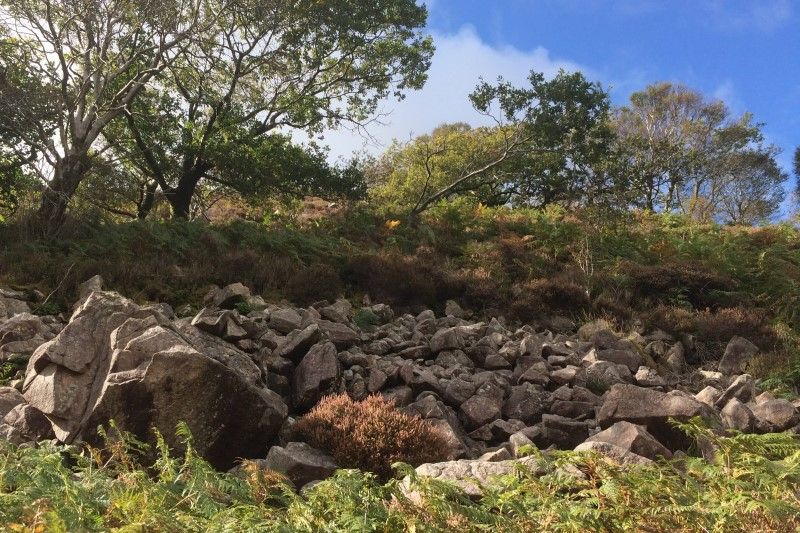
But was this wood pasture or not? Would the trees remain open grown or close canopy? They were certainly unpalatable tree species and grown above the browsing reach. The group debated – and lunched. More scattered trees within an area of block scree immediately above us caught the eye of the experienced WPPN members. This was determined as being akin to the woodlands within the Ffridd habitats of Wales. The gnarled stems of oak and rowan protruding from the rocks, did indeed look ancient.
The visit concluded with a walk along the River Liza and learning more about species reintroductions, including details of the preparatory work for Wild Ennerdale’s next planned occupant, the European beaver.
Ullswater
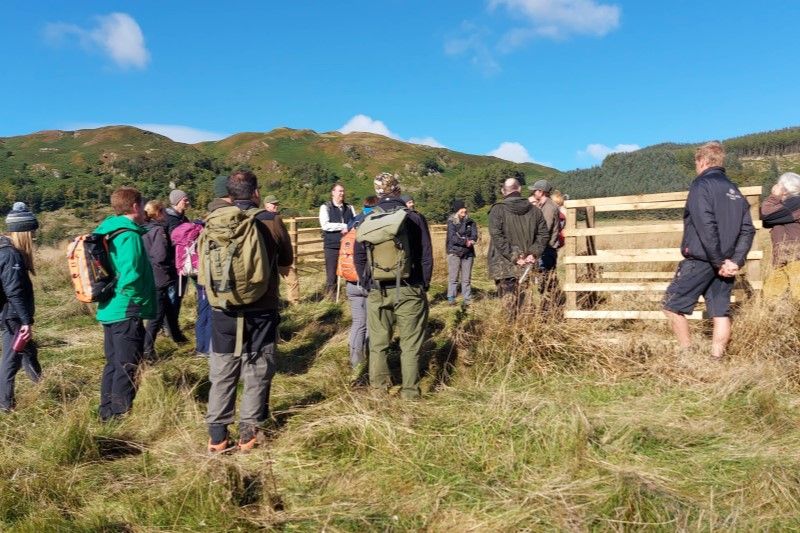
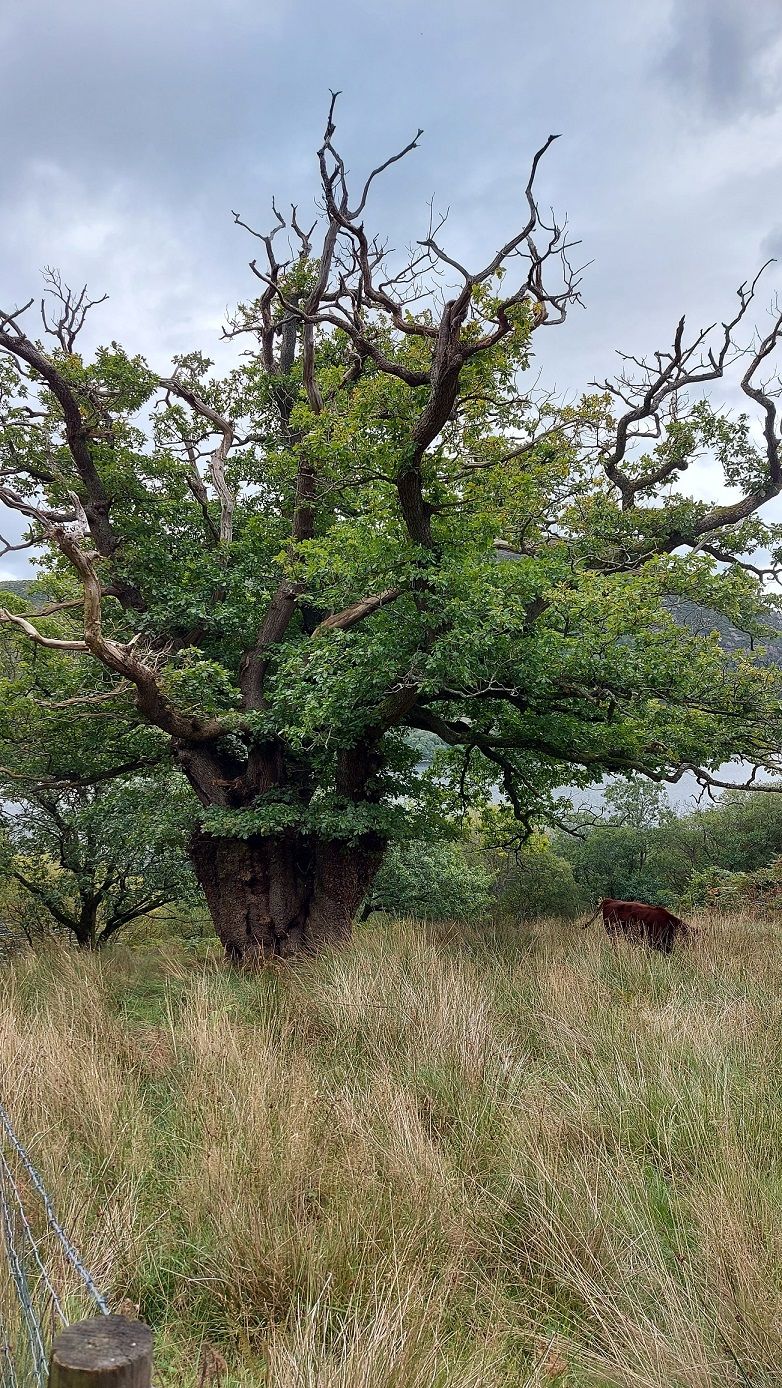
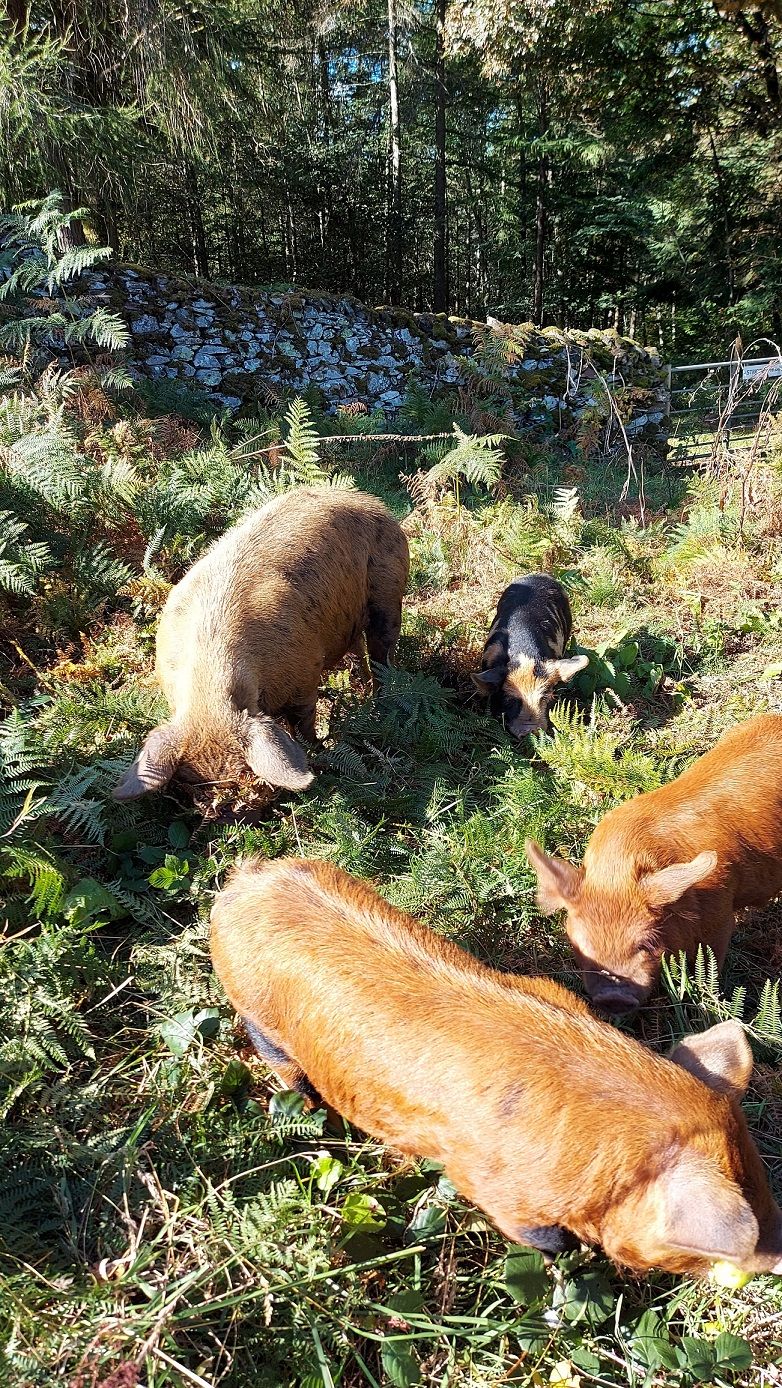
Gowbarrow Hall Farm is a family run farm. Claire and Sam Beaumont took over this farm from Claire’s parents five years ago. The Beaumonts have moved away from the traditional sheep farming, instead keeping Shorthorn cattle, Kune Kune pigs and fell ponies.
Throughout the summer, they use electric fencing to coral their cattle into small grazing areas which are moved daily, mimicking the way herds of herbivores would have naturally roamed through the landscape (mob grazing). In winter, they are moved to an area of rough grazing which has been growing all summer. The pigs free roam a large area of rough grazing and require no supplementary feeding.
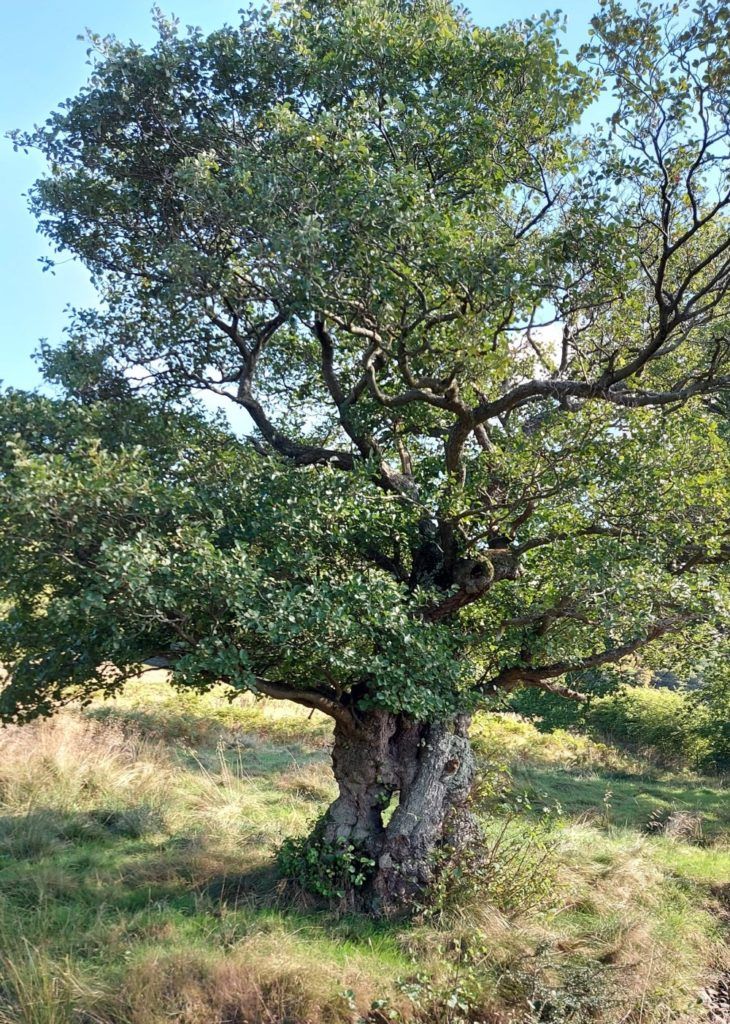
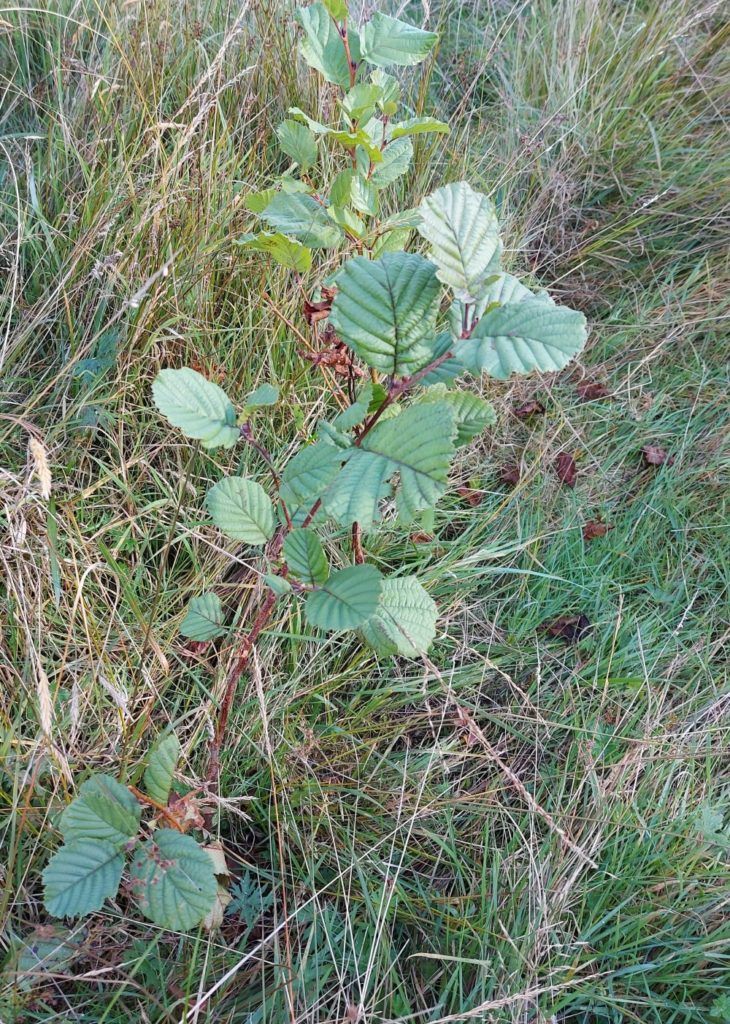
Regenerative Farming is a relatively new approach to farming that seeks to regenerate the land, soil and water, as well as enhance the wider environment and improve the nutrient density of food produced. Using a combination of natural regeneration and a small amount of planting, the Beaumonts aim to increase the tree cover across their land.
For me, it was a fascinating insight into upland farming and it was a pleasure to meet the Beaumonts who are so passionate about not only their patch, but how their (and all our) actions impact the environment globally. It was refreshing to hear that the move away from sheep is not only benefitting the landscape but the family themselves and giving them a better work / life balance.
Glencoyne park
Glencoyne Park was once part of a hunting estate owned by the Duke’s of Norfolk. Since Medieval times, deer, sheep, cattle and horses would have grazed amongst the trees. Today, this tradition continues, with the farmers at Glencoyne grazing their sheep and shorthorn cattle in Glencoyne Park.
There we met farmers Sam and Can Hodgeson who are long-term tenants with National Trust. Together they are working towards regenerating the wood pasture that was once there by reducing the number of sheep and adding cattle, planting trees and allowing natural regeneration.
The Hodgsons have always farmed with conservation in mind. When they applied to take over the tenancy nearly 30 years ago they submitted a conservation plan – something no one had done before! They now graze a flock of 200 Herdwicks and a herd of shorthorn cows. They have always planted trees and kept sheep out of some areas to allow natural regeneration.
The field visit was invaluable – bringing us together with colleagues we had never met in person, learning more about upland wood pasture and inspiring the group to continue to work hard for wood pasture conservation.
Written by Alice Broome, Forest Research and Laura Bower, PTES Conservation Officer
Find out more about our work restoring wood pasture and parkland:


